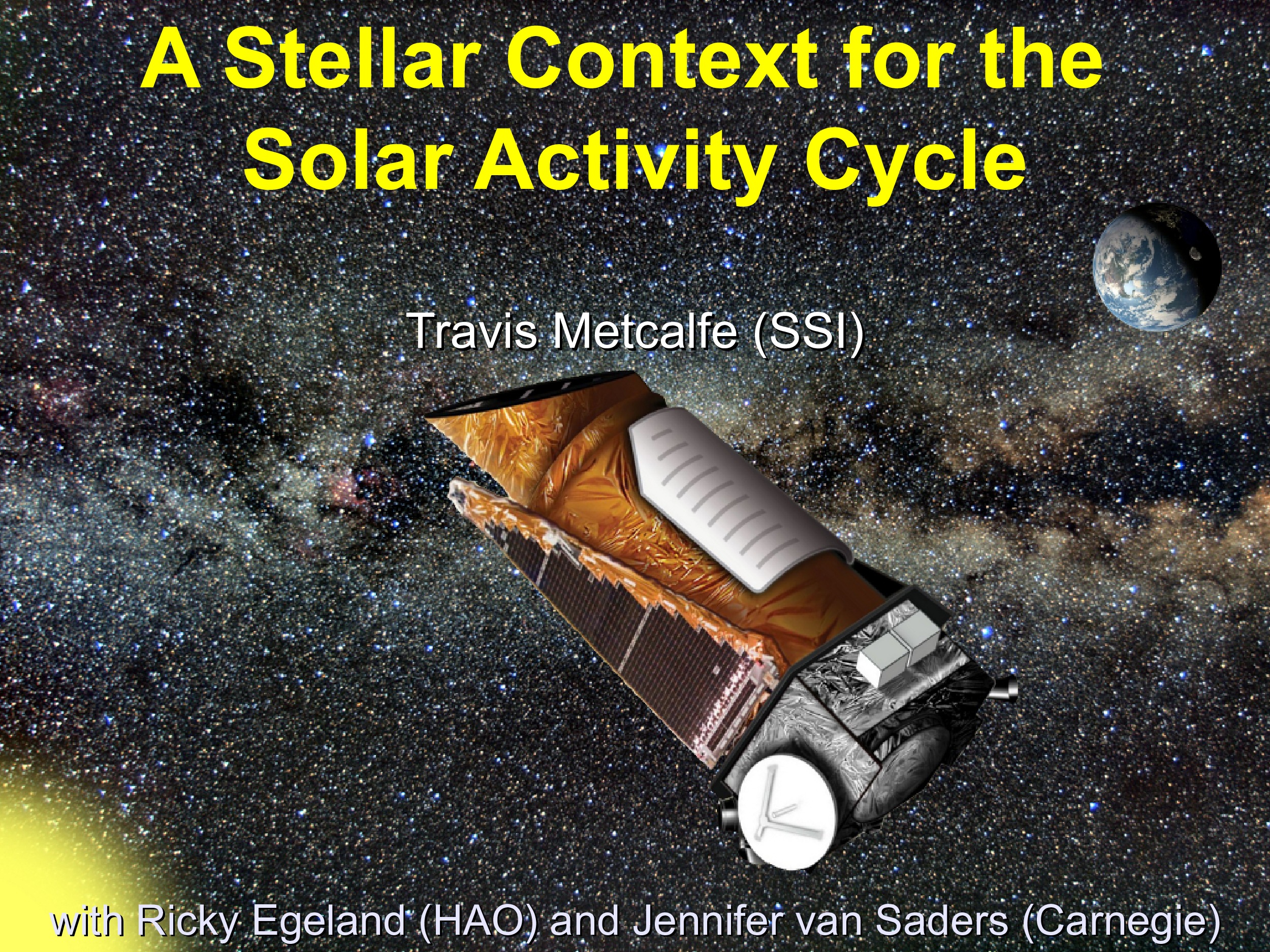Date of upload:
03.03.2017
Co-author:
Ricky Egeland, Jennifer van Saders
Abstract:
Precise photometry from the Kepler space telescope allows not only the measurement of rotation in solar-type field stars, but also the determination of reliable masses and ages from asteroseismology. These critical data have recently provided the first opportunity to calibrate rotation-age relations for stars older than the Sun. The evolutionary picture that emerges is surprising: beyond middle-age the efficiency of magnetic braking is dramatically reduced, implying a fundamental change in angular momentum loss beyond a critical Rossby number (Ro~2). We have compiled chromospheric activity measurements for the sample of Kepler asteroseismic targets that were used to establish the new rotation-age relations. We use these data along with a sample of well-characterized solar analogs from the Mount Wilson HK survey to develop a qualitative scenario connecting the evolution of chromospheric activity to a fundamental shift in the character of differential rotation. We conclude that the Sun may be in a transitional evolutionary phase, and that its magnetic cycle might represent a special case of stellar dynamo theory.

